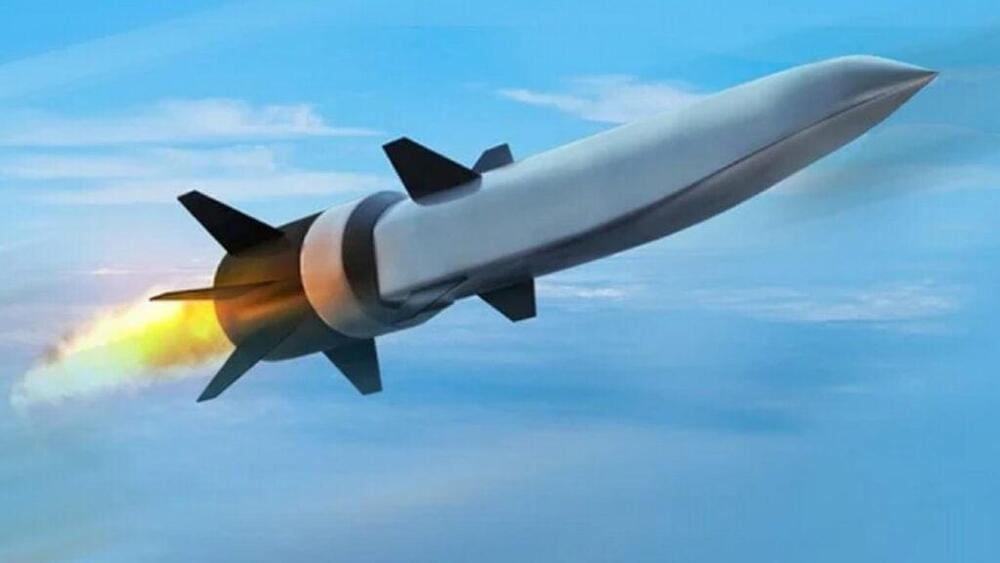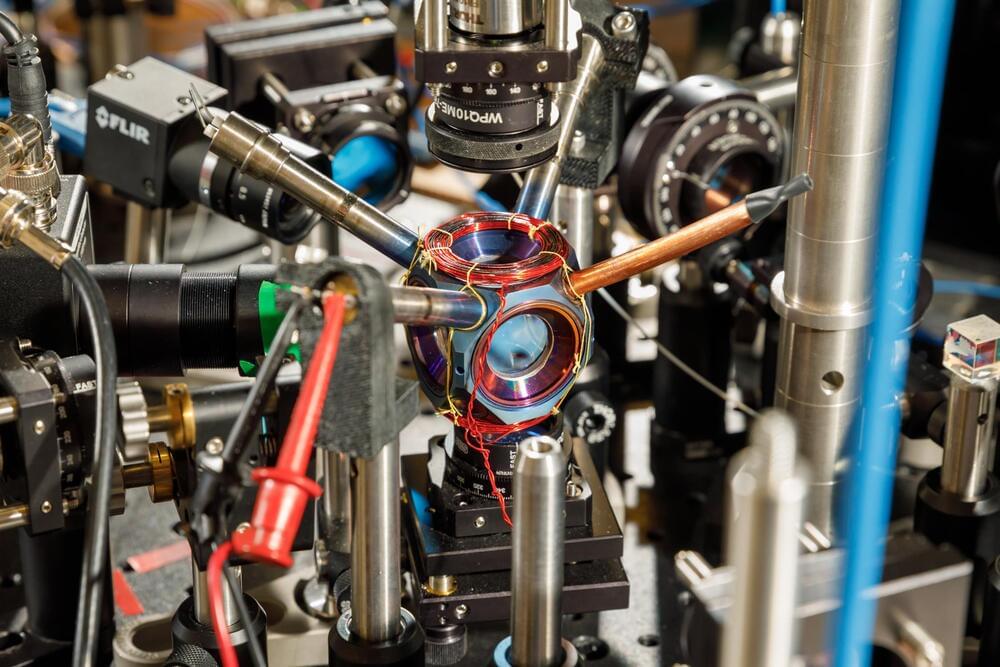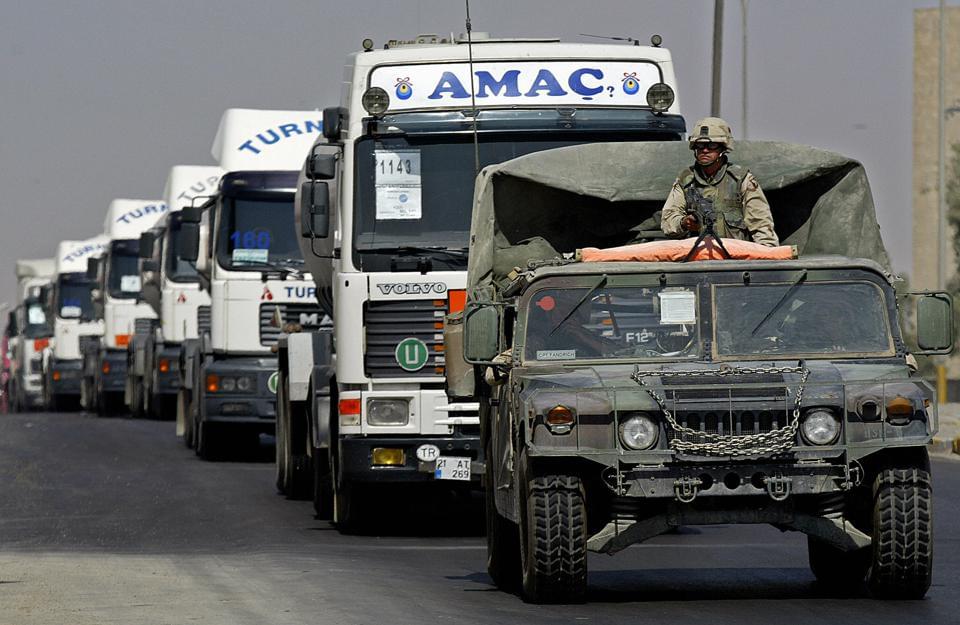Play Conflict of Nations for FREE on PC or Mobile: 💥 https://con.onelink.me/kZW6/VisualPolitik.
Receive an Amazing New Player Pack, only available for the next 30 days! Thanks to Conflict of Nations for sponsoring this video!
Asia-Pacific has become the most important region in the world. A region in which the United States and China are fighting a battle for political and military dominance. As we told you in a past video, the distance separating these two powers is still worlds apart, yet China is committed to becoming a regional mega-power.
To achieve this, the People’s Liberation Army is developing a whole new series of weapons with which they aspire to gain control of Asia Pacific. In this video we give you some clues about the weapons programs with which China wants to pursue its goal.
Recommended video: Why won’t China Surpass the United States? https://youtu.be/ZqowS-hlZ3M
Join the VisualPolitik community and support us on Patreon: https://www.patreon.com/VisualPolitik




